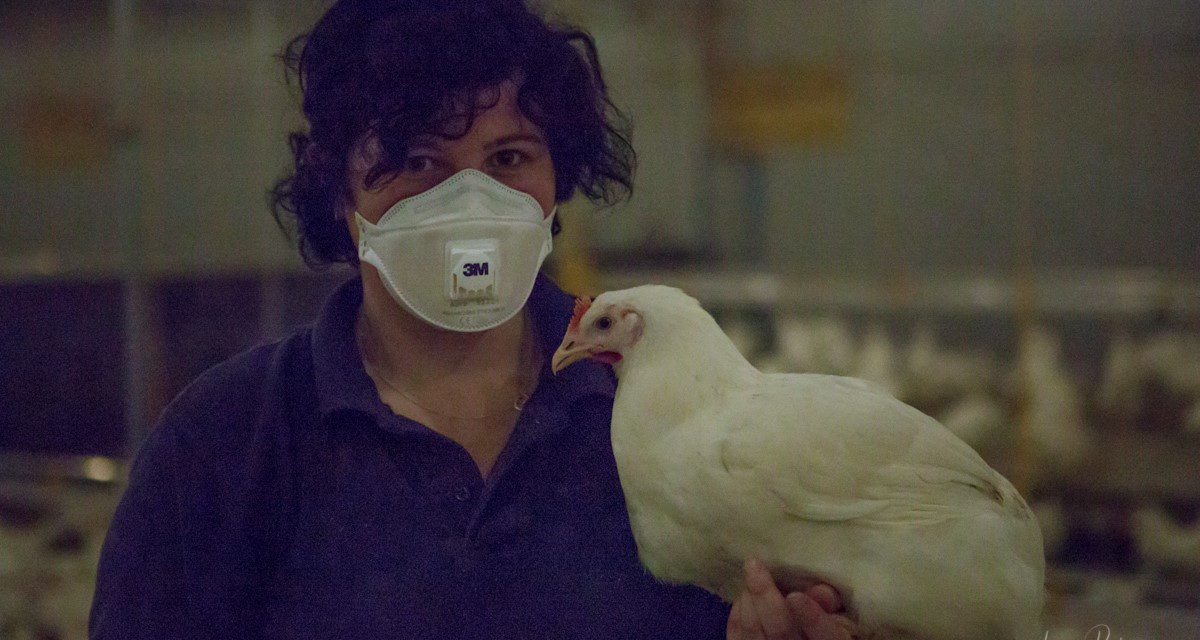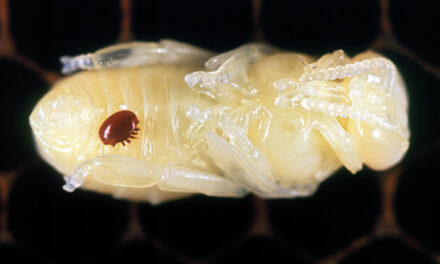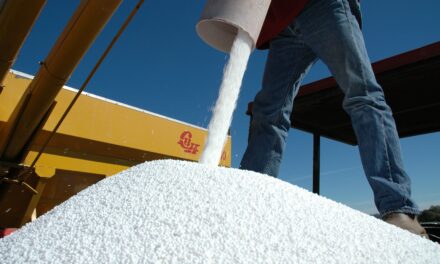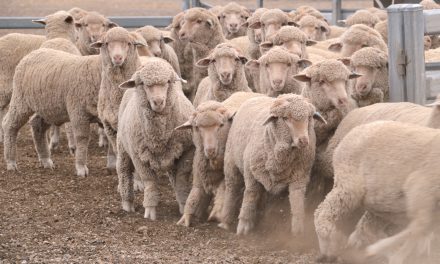Eggs laid outside an optimal nesting system pose a major productivity problem for the egg industry, but the issue can be mitigated if a holistic approach is taken to managing a bird’s environment.
A report released today by 2018 Nuffield Scholar and broiler breeding professional, Emma O’Flaherty, details the practical steps involved in this holistic approach, and reveals opportunities for the industry to increase hatchability and decrease the chance of contamination in production.
With support from AgriFutures Australia, Ms O’Flaherty travelled across the United Kingdom, Germany and the Netherlands, collecting insights on the issue of floor eggs from shed managers, technicians, equipment manufacturers and chicken geneticists
“Floor eggs are eggs laid outside the optimal nesting system and are considered second grade. They are more prone to contamination and have a lower hatching percentage. They also increase labour input, with manual collection needed at more frequent intervals,” Ms O’Flaherty said.
The report reveals that both the rearing and production aspects of a bird’s life impact the behaviours that lead to greater floor eggs, with management and shed layout both key factors.
“Management is possibly the most important aspect of dealing with floor eggs. Staff need to be diligent and committed to getting to know their birds and their behaviours, in order to implement effective management strategies,” Ms O’Flaherty said.
“The layout of a shed can also have a major impact on a bird. Through meeting with producers in both Worcestershire, UK, and Barneveld in the Netherlands, I learned that the less barriers between a bird and her nest, the better.
“Birds also prefer nesting in the shadows, instinctively trying to protect themselves and their eggs from predators. This means minimising shadows outside of the nest is preferable and can encourage the birds to seek out the shadows in the nest to lay.
“For example, Jansen Poultry Equipment in the Netherlands have designed their own nesting system which has an opening just large enough to allow the bird to travel in and out, and features curtain-like flaps to increase the bird’s sense of security in the nest.”
The timing of transfer of birds into the laying shed can also have a large bearing on behaviour, with a higher chance of birds laying on the floor when they are transferred later in life.
“Studies show birds are more likely to lay floor eggs when transferred at 23 weeks of age, than at 18 weeks,” Ms O’Flaherty said.
“Transfer can also be a stressful process for birds. Visiting a shed in Midlothian, Scotland, I observed that feed rates should be increased immediately before and after transfer, to minimise stress-related condition loss, and that moving birds at night or in the early morning, when it is dark, also helps to keep them calm.”
With the Australian poultry industry having recently been in the spotlight for consumer and animal welfare issues, Ms O’Flaherty concludes that ensuring the highest animal welfare standards and boosting productivity through the minimisation of floor eggs go hand in hand.
“It comes down to knowing your birds and adopting a holistic approach to the rearing and production aspects of a bird’s life,” Ms O’Flaherty said.
“Birds lay eggs in the place they find most appealing, and aligning their preference with yours requires a multi-faceted approach which covers everything from rearing to training, nutrition and management.
“Each flock is different, but good management allows a producer to read the flock and adjust techniques in a timely manner, resulting in happier, more productive birds.”








